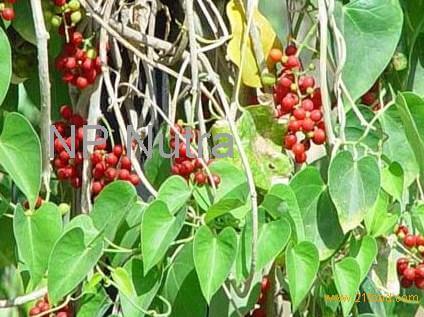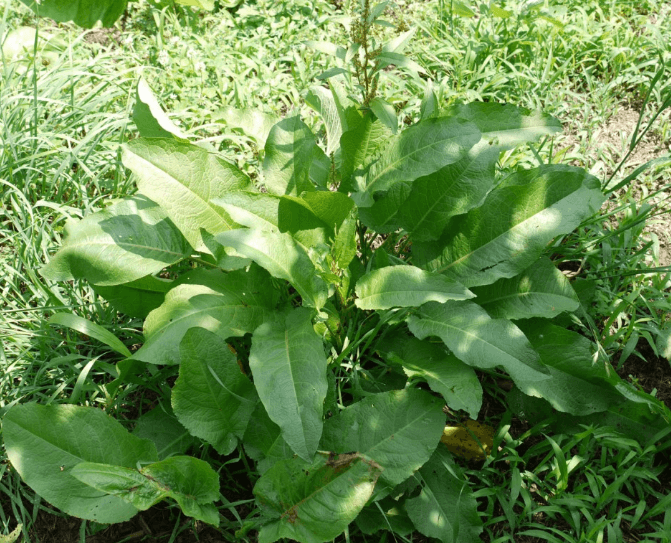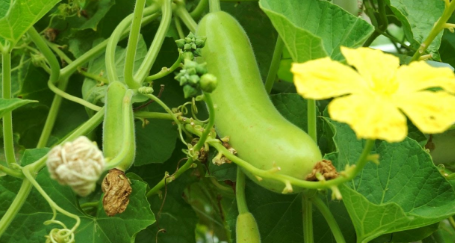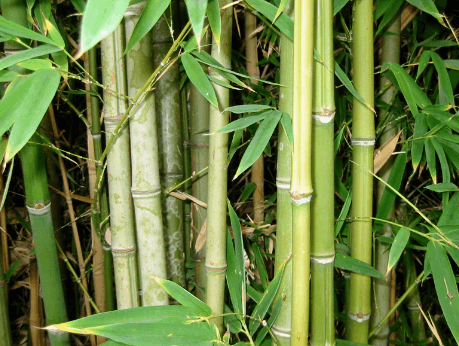Comfrey – (Symphytum officianlis )Boraginaceae Perennial

Comfrey is a herb with powerful therapeutic properties. A native of Europe and parts of temperate Asia, it is found growing wild in damp places such as river banks, ditches, streams and water meadows. It belongs to the same family as borage and forget – me- not. Propagation is by seed, which is difficult , as it germination is sometimes unreliable. We have sown it straight into prepared trays from seed heads form our own plants with no results at all, but this may have been just bad luck , or the seed may not have been quite ready. The surest way of increasing the plant is by root division or root system. Spring (and autumn in mild climates) is the time for propagation. When it is ready to plant out, choose a shady, moist place, or keep the seedlings watered if the bed is dry. It grows to 1.20 m (4ft), and the parts used are the leaves and roots. In summer the mauve flowers grow in pendulous bunches at the ends of their stems. The outside broad leaves can grow to an enormous length , sometimes up to 60 m (2 ft). the stalks and foliage are hairy, although not prickly like borage. Garden predators such as caterpillars, snails and slugs are particularly fond of comfrey and unless you keep a constant watch on the plants , these pests will munch into the leaves until they resemble fine lace, or will leave unsightly holes and rents in the leaves. To help keep them away use a natural spray, or powder the dampened leaves lightly twice a week with derris dust, an old, well- tried, non- chemical insecticide extracted from plants. There is another type of comfrey, known as “Russian comfrey”, which is highly regarded is a fodder plant.
Recently, scientific experiment on laboratory rats has shown that taking comfrey in large amounts can cause cancer (because of a component in the plant). Historically , however comfrey has had an undisputed place in herbal medicine for thousands of years; in fact to many it has been almost a “miracle” herb. The Romans knew its value in helping to mend broken bones and its country name , even to this day, is “knitbone”. The scientific name of symphytum is thought to come from the Greek word symphyo which, loosely translated, means to make whole”.
That keen old astrologer, Dr Culpeper, says that comfrey is “a herb of Saturn and under the sign of Capricorn, cold, dry and earthy in quality”
Uses:
Culinary – the tender young leaves, with the fresh taste of cucumber, make an agreeable addition to a green salad. The older to be tough when raw and are not as pleasant to eat. A favourite way of cooking the young leaves is to coat them in batter and fry them gently in oil; they are eaten hot with a little pepper and salt, as a vegetable. Any slight hairiness on the foliage disappears when comfrey is cooked. Chopped fresh comfrey leaves added to spinach while cooking makes it even more nutritious. When cooked on its own, comfrey becomes glutinous, but when some of the chopped leaves are added to chicken stock and simmered, and then pureed in a blender, this is not so noticeable.
Medicinal- Comfrey contains vitamin B 12 and calcium as well as alienation giving it the ability to help in healing broken bones and wounds as well as maintaining strong teeth. Taken as a tea it is soothing and healing and good for the circulation. If you prefer to use comfrey eternally, a poultice made from the root and leaves is recommended by herbalists for wounds and fractures. Comfrey ointment or cream has great soothing and healing properties for the skin, and a friend with a perfect complexion uses nothing else as a night cream after removing her make – up with apricot kernel oil. Comfrey ointment is also used to rub into painful rheumatic joints. Comfrey leaves made into a tea for a facial steam help to freshen and tighten tired and ageing skins.





